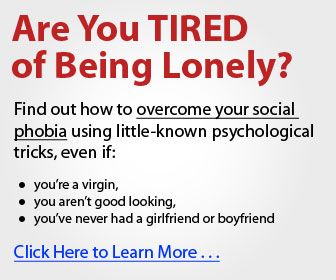Anxiety, a ubiquitous yet intricate facet of the human experience, often manifests as an internal conflict that can significantly impact one’s mental and emotional well-being. As we navigate the complexities of modern life, it becomes imperative to delve into the underlying mechanisms of anxiety, recognizing it not merely as a random onslaught of unease but rather as a manifestation of internal conflicts. In this exploration, we will unravel the various dimensions of anxiety, shedding light on how understanding its roots as an internal conflict can pave the way for effective coping strategies and mental well-being.
The Nature of Anxiety: A Symphony of Internal Struggles
Anxiety, at its core, is a response to perceived threats, whether real or imagined. It encompasses a range of emotions, from mild unease to intense fear, and can manifest physically through symptoms such as increased heart rate, muscle tension, and restlessness. While external stressors undoubtedly contribute to anxiety, viewing it as a byproduct of internal conflicts provides a nuanced perspective.
Internal conflicts arise when our thoughts, beliefs, and emotions clash, creating a turbulent landscape within our minds. Unresolved issues, suppressed emotions, and conflicting values can give rise to a persistent state of unease, laying the groundwork for anxiety to take hold. Understanding anxiety as a manifestation of these internal struggles allows us to identify and address the root causes, rather than merely alleviating the symptoms.
The Role of Unconscious Processes
Much of the internal conflict contributing to anxiety operates on an unconscious level. Deep-seated fears, unresolved traumas, and ingrained belief systems can influence our thoughts and emotions without our conscious awareness. Uncovering these unconscious processes is a crucial step in resolving internal conflicts and mitigating anxiety.
Psychodynamic approaches, such as psychoanalysis, delve into the unconscious mind to bring hidden conflicts to the surface. By exploring the roots of anxiety in the unconscious, individuals gain insight into the underlying sources of their distress, paving the way for conscious resolution and healing.
The Interplay of Cognitive Patterns
Our thoughts play a pivotal role in shaping our emotional experiences, and maladaptive cognitive patterns can contribute to internal conflicts that fuel anxiety. Catastrophic thinking, overgeneralization, and perfectionistic tendencies are examples of cognitive distortions that can perpetuate anxious states.
Cognitive-behavioral therapy (CBT) is a therapeutic approach that targets these maladaptive thought patterns. By identifying and challenging distorted thoughts, individuals can reshape their cognitive landscape, dismantling the internal conflicts that sustain anxiety. This cognitive restructuring empowers individuals to cultivate healthier thought patterns and responses to stressors.
Emotional Regulation: A Key to Resolving Internal Conflicts
Emotions, when left unexamined or suppressed, can become potent sources of internal conflict. Anxiety often arises when there is a discrepancy between what we feel and how we believe we should feel. Developing emotional regulation skills is crucial for navigating these conflicts and fostering emotional well-being.
Mindfulness practices, such as meditation and deep-breathing exercises, provide tools for observing and accepting emotions without judgment. By cultivating a non-reactive awareness of emotions, individuals can break free from the cycle of internal conflict that fuels anxiety. Integrating mindfulness into daily life promotes emotional resilience and a sense of internal harmony.
Building Resilience through Self-Discovery
Resolving internal conflicts requires a process of self-discovery and introspection. Engaging in self-reflection, whether through journaling, therapy, or introspective practices, allows individuals to uncover the deep-seated beliefs and values that contribute to internal conflicts.
As individuals gain clarity about their authentic selves and confront internal conflicts head-on, they build resilience against the impact of anxiety. This journey of self-discovery is transformative, fostering a sense of empowerment and mastery over one’s internal landscape.
Conclusion
Anxiety, often viewed as an unwelcome intruder, can be reframed as a signal of internal conflicts seeking resolution. By understanding anxiety in this light, individuals can embark on a journey of self-discovery, unraveling the intricate web of thoughts, emotions, and beliefs that contribute to their mental turmoil. Whether through psychotherapy, cognitive restructuring, mindfulness practices, or a combination of these approaches, addressing internal conflicts is the key to cultivating lasting mental well-being.

